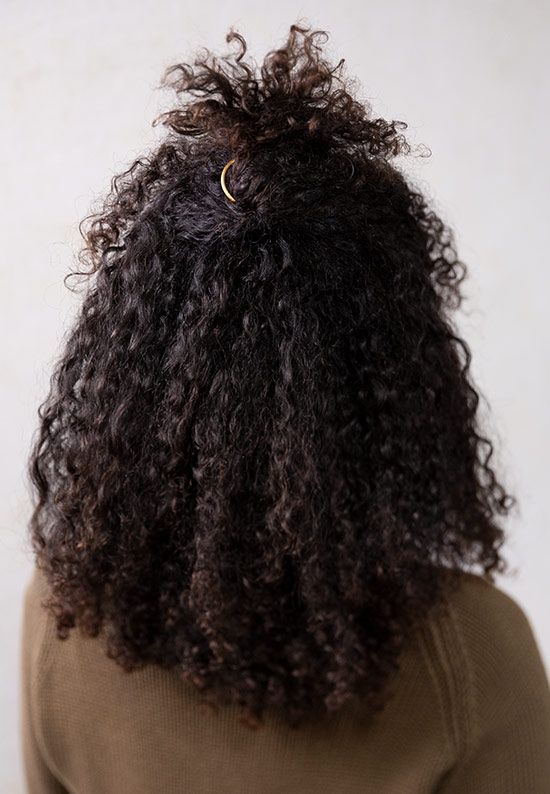
Repairing Heat Damage in Afro-Textured Hair: At-Home Treatments and Salon Services
|
|
Time to read 3 min
|
|
Time to read 3 min
Heat damage in afro-textured hair is not just a cosmetic issue. When excessive heat from styling tools like straighteners and curling irons is applied, it alters the hair's natural keratin structure. This can lead to a breakdown of the disulfide bonds, which are essential for hair strength and elasticity. Over time, this damage manifests as a loss of the natural curl pattern, making the hair appear limp and lifeless.
Table of Content
Heat damage can be insidious, often going unnoticed until significant harm has been done. Early signs include a noticeable change in texture - where curls no longer spring back or seem looser than usual. Increased frizz, dryness, and a straw-like texture are also common indicators. In severe cases, the hair becomes brittle and prone to breakage.
One of our client said: "After years of straightening my hair, I noticed my curls just wouldn't hold their shape. Mimi et Mina helped me understand this was due to heat damage."
- Jasmine, London
1. Deep Conditioning Treatments:
2. Protein Treatments:
3. Trimming Damaged Ends:
Regular trims are necessary to remove split ends and prevent further damage. Keeping your hair trimmed helps maintain its health and appearance.
4. Reducing Heat Styling:
Embracing natural styles and reducing the use of heat styling tools can significantly aid in the hair's recovery. Protective styles like braids or twists can also help give your hair a break from heat exposure.
5. Use of Satin or Silk Headwraps and Pillowcases:
Switching to satin or silk headwraps and pillowcases can reduce friction and help retain moisture in your hair, further aiding in its recovery.
Another client said: "Switching to silk pillowcases made a noticeable difference in my hair's moisture level."
- Aisha, London
We strongly recommend having a look at our Silk Bonnet below!
Must-Have's FROM Mimi et mina
At Mimi et Mina, our passion is nurturing and revitalizing afro-textured hair. We invite you to book a specialized moisture or protein treatment with us. Our treatments are tailored to minimize heat damage and promote hair repair. Let us help you restore your hair's natural beauty and strength.
Book your appointment here and start your journey to healthier, happier hair with Mimi et Mina.
Embrace your natural beauty and give your hair the care it deserves.
Until next time,
Bisou,
Mimi.
Signs of heat damage include a noticeable change in your hair's texture (like looser curls or no curl pattern), increased dryness and frizz, and a brittle or straw-like feel. In severe cases, the hair may become excessively prone to breakage.
Yes, at-home treatments can be quite effective. Deep conditioning treatments with ingredients like shea butter, coconut oil, or avocado oil help restore moisture. Protein treatments, which contain keratin or other proteins, aid in rebuilding hair strength. Regular use of these treatments can significantly improve hair health.
It's generally recommended to trim your hair every 6-8 weeks to remove split ends and prevent further damage. However, if your hair is severely damaged, you might need more frequent trims.
While some treatments can significantly improve the condition of heat-damaged hair, reversing the damage completely isn't always possible, especially if it's severe. It's crucial to combine treatments with reduced heat styling and protective styling to prevent further damage and give your hair the best chance to recover.

